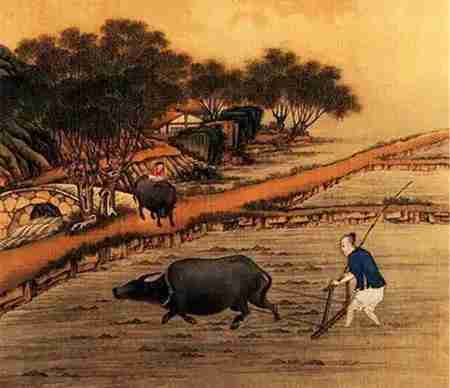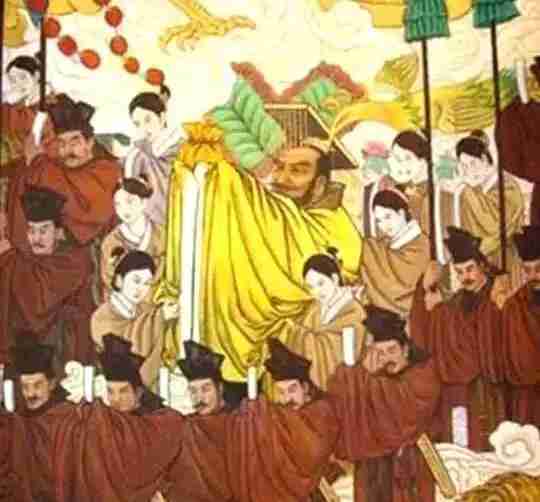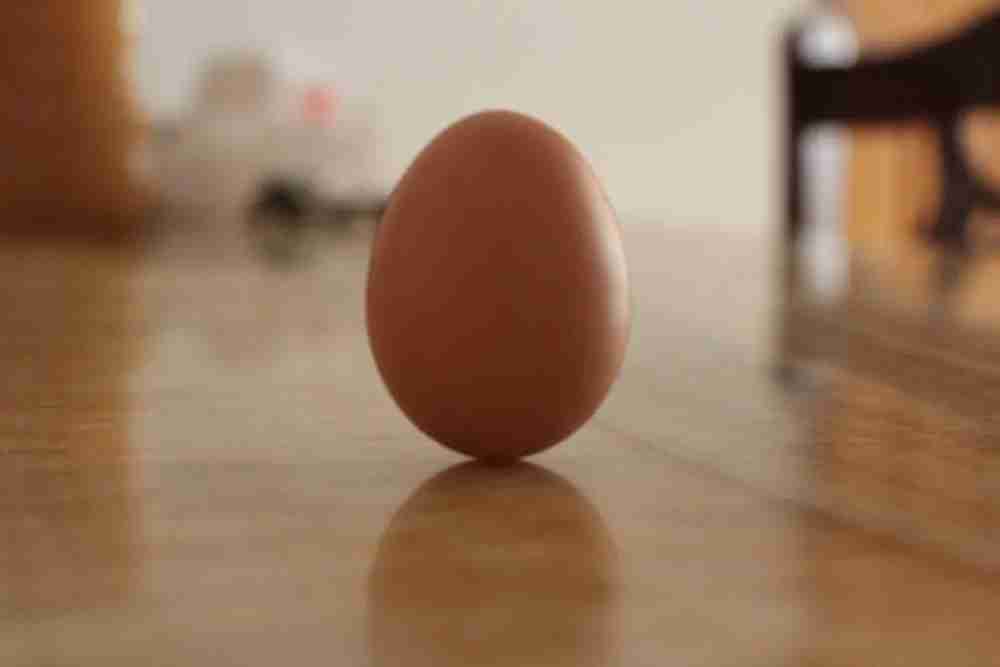The Traditional Chinese calendar features 24-solar terms, which were developed by farmers who lived in ancient China through their observation of the annual movement of the sun around its orbit. The solar terms are used to mark the weather, seasons, and natural variations and the year is divided into 24-equal periods. One of the solar terms is Lichun, which we will discuss extensively in this article.
What is Lichun?
Lichun is the first solar term according to the traditional Chinese solar calendar and it is the day when the sun is at directly at the celestial longitude of 315°. It signifies the beginning of the Spring season and the end of the Winter season. It is always lands about 45-46 days before the spring equinox. During this time, the Chinese New Year is celebrated. According to the Gregorian calendar, Lichun begins around 3rd, 4th, and 5th of February and ends around February 18th, 19th or 20th. During this time, the weather is often much warmer and most plants begin to grow once again.
The History of Lichun

Lichun, just like every other solar term in the traditional Chinese calendar, came into existence during China’s agricultural civilization. The solar term plays a vital role in the traditional agricultural society of China. The solar terms also played an important role in unifying the north and the south of China back then. The beginning of spring was important to the farmers of ancient China, because it signified the beginning of a new year. During this time, the Chinese would celebrate the start of spring by making a spring ox, worshipping heaven and the ancestors, among several other traditional festivals and celebrations defined by different generations. These cultural celebrations are celebrated till date.
What to do on Lichun

On the first day of Lichun, which is the Chinese New Year, there are various traditional activities that are held to welcome the Spring season. The table below summarizes some of the traditional Chinese activities that you can do on Lichun.
| Traditional Lichuan Custom | How it is done |
| Welcoming Spring | The Chinese would draw a picture of the spring god and place in their homes. They would perform local operas, beat drums, host bull fights, and hold folk activities. |
| Making a Spring Ox | The local Chinese craftsmen tend to use bamboo strips to make a skeleton of an ox. Once the ox is made, they place an incense table at the front of it for people to worship at. |
| Placing Spring Eggs Uprightly | The Chinese believe that doing this brings good luck in the new year. |
| Worshipping Ancestors | Here, they worship heaven and ancestors, as well as offer sacrifices to the Spring God. They pray for a healthy family life and a good harvest. |
Lichun Egg

During Lichun, the Chinese often try to stand eggs upright on the first day of the ‘Start of Spring Season’. The believe that doing this attracts good luck in the new year. Young people often like to try the egg balancing process on Lichun Day. However, the irregular shape of the eggs sometimes makes it very challenging to stand upright for a long period of time. Despite the imperfections found on various egg shells, the Chinese believe that eggs can only be balanced during this time of the year. Reasons for this are attributed to a belief that egg balancing during Lichun is possible due to the gravitational forces of the moon or the sun.
Final Thoughts
While a few traditional practices are not practiced in modern China during the Chinese New Year, Lichun is still considered the first important festival in the Chinese calendar and the Chinese celebrate it as the most important festival in the Chinese calendar.